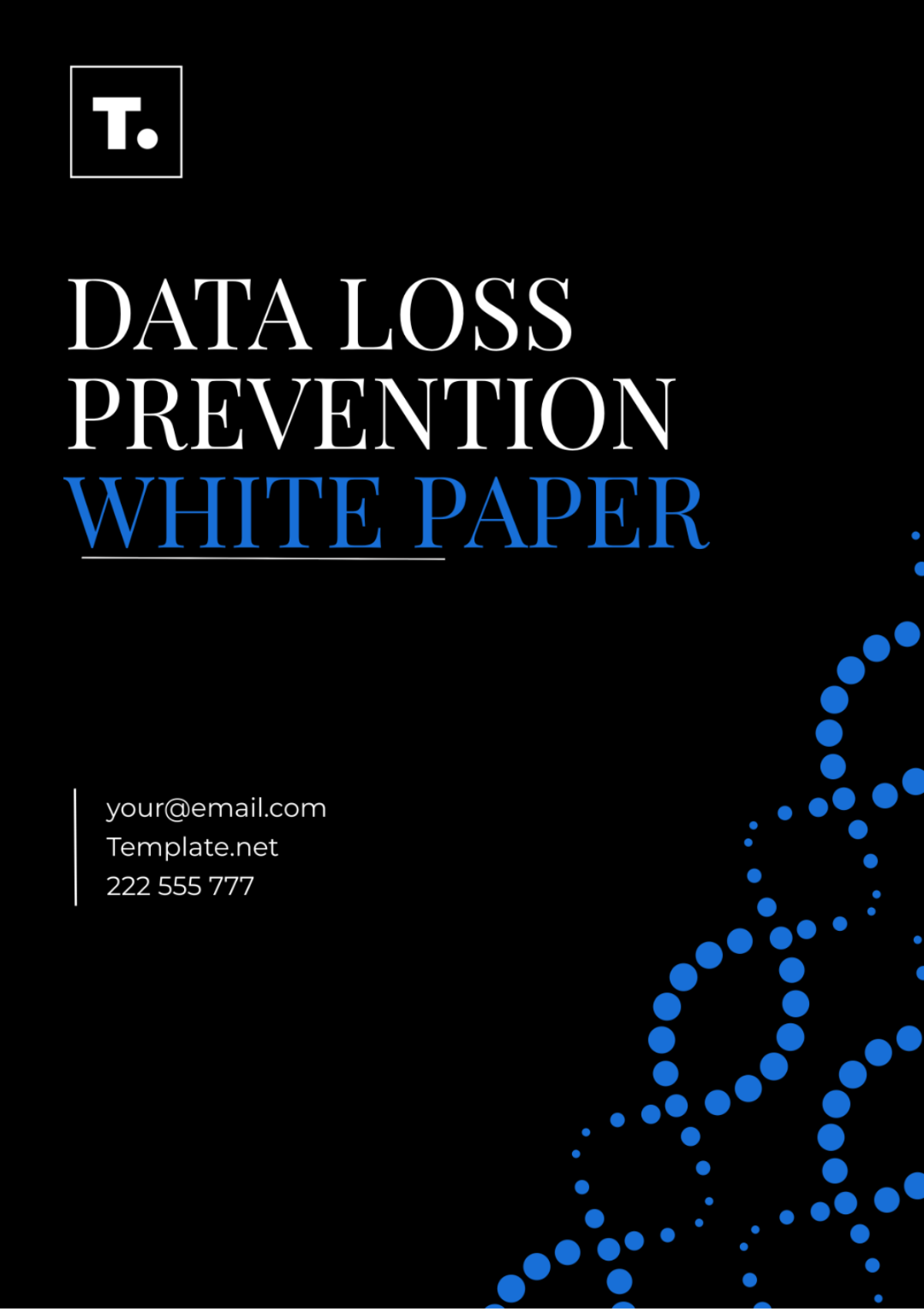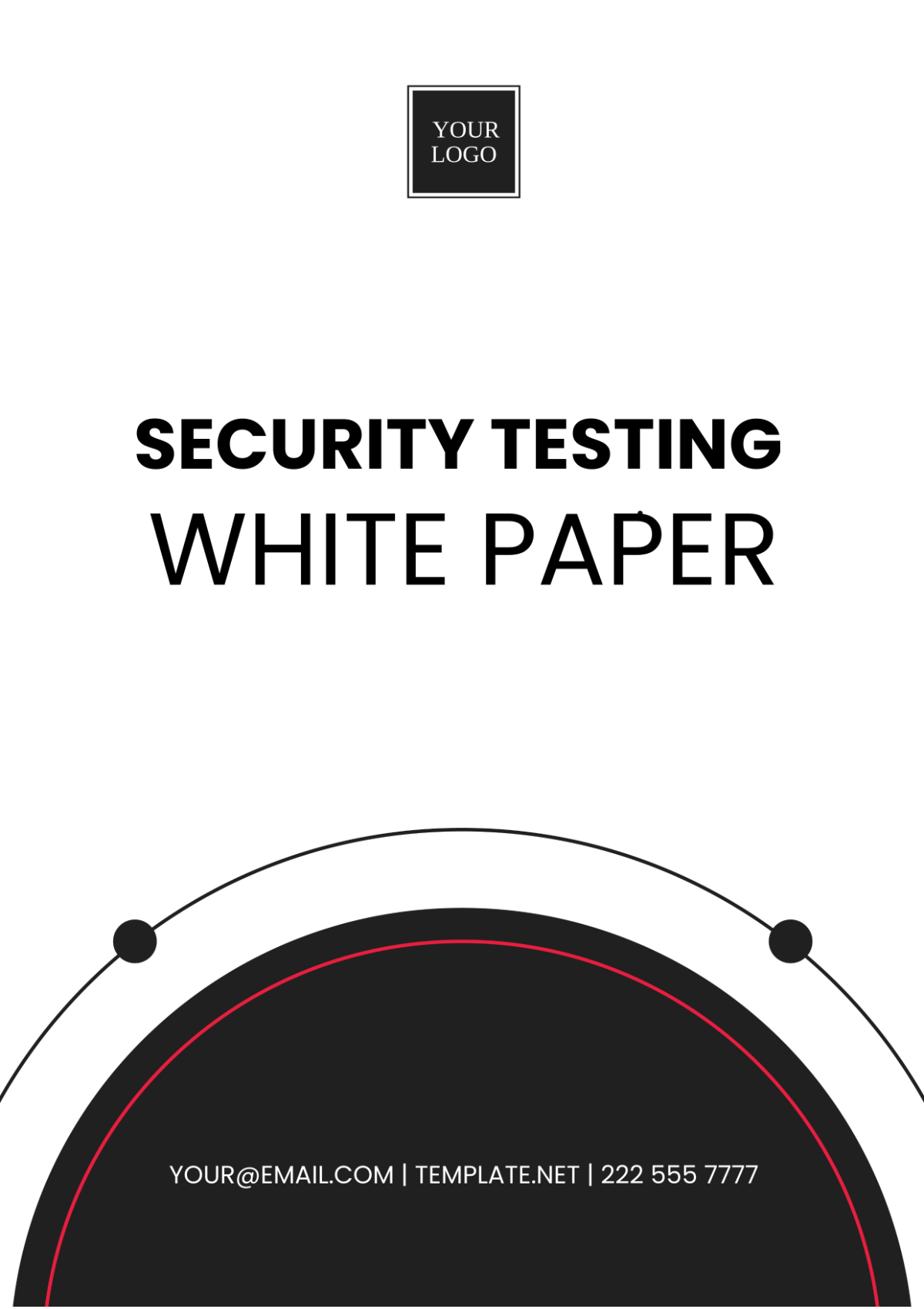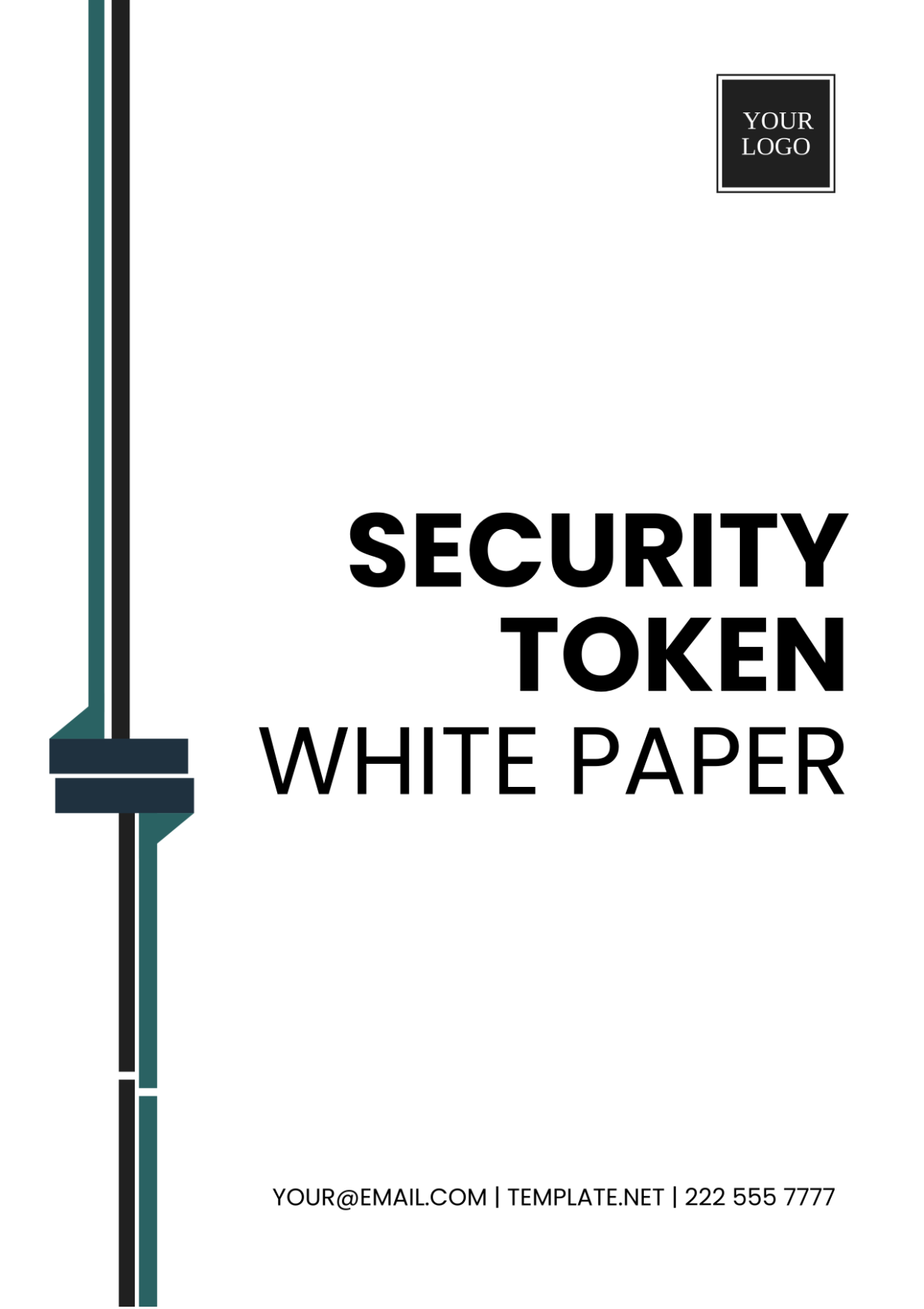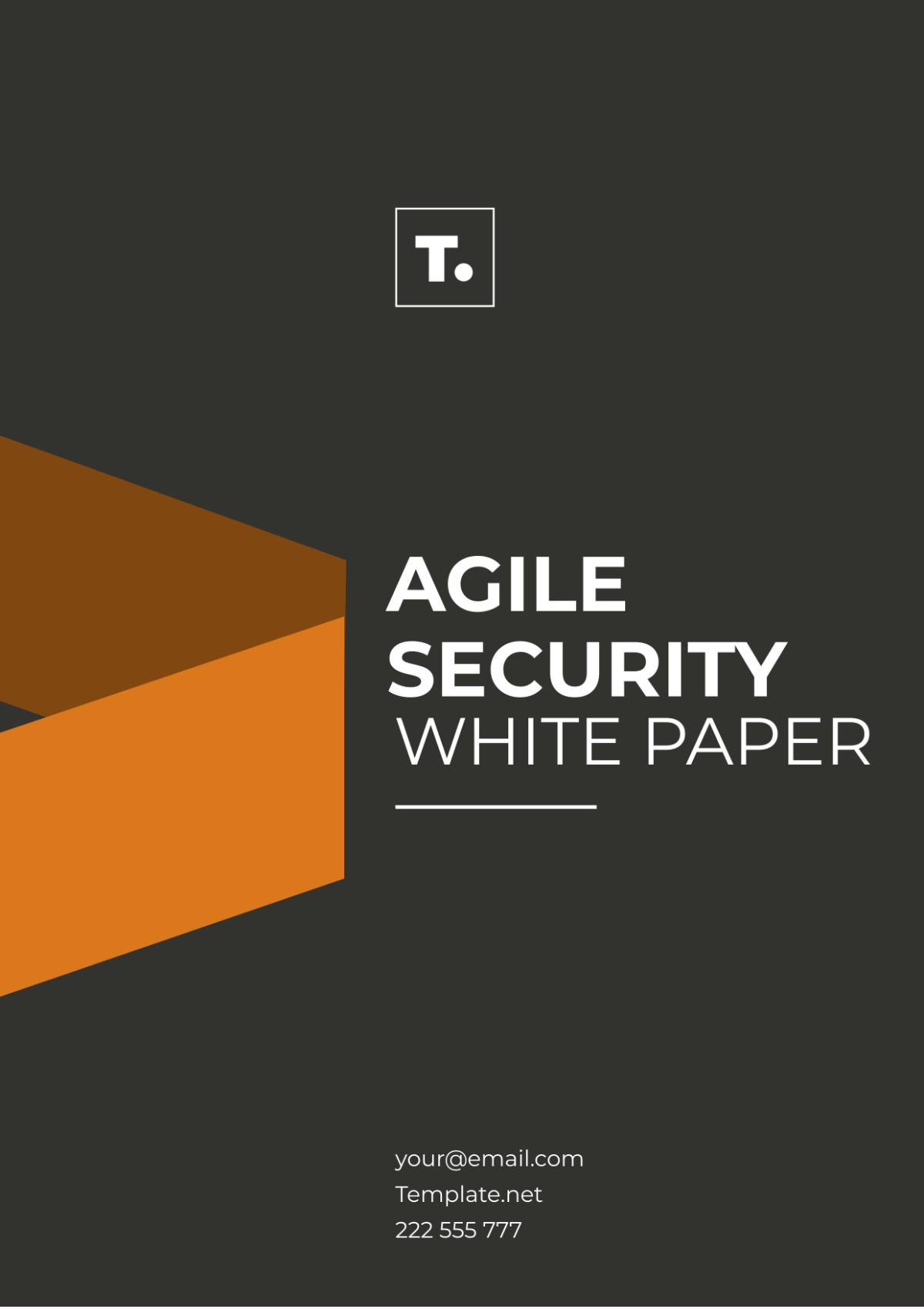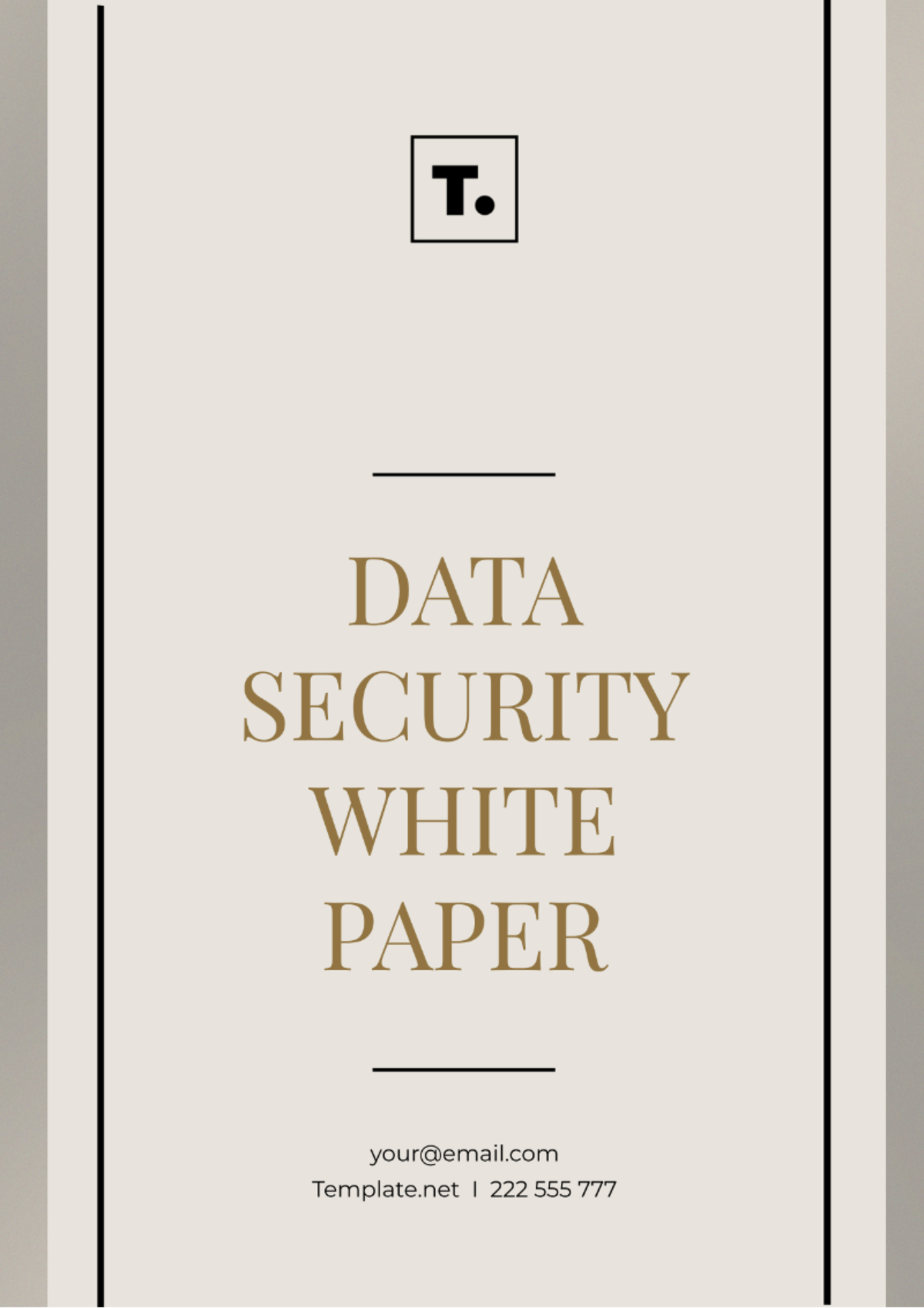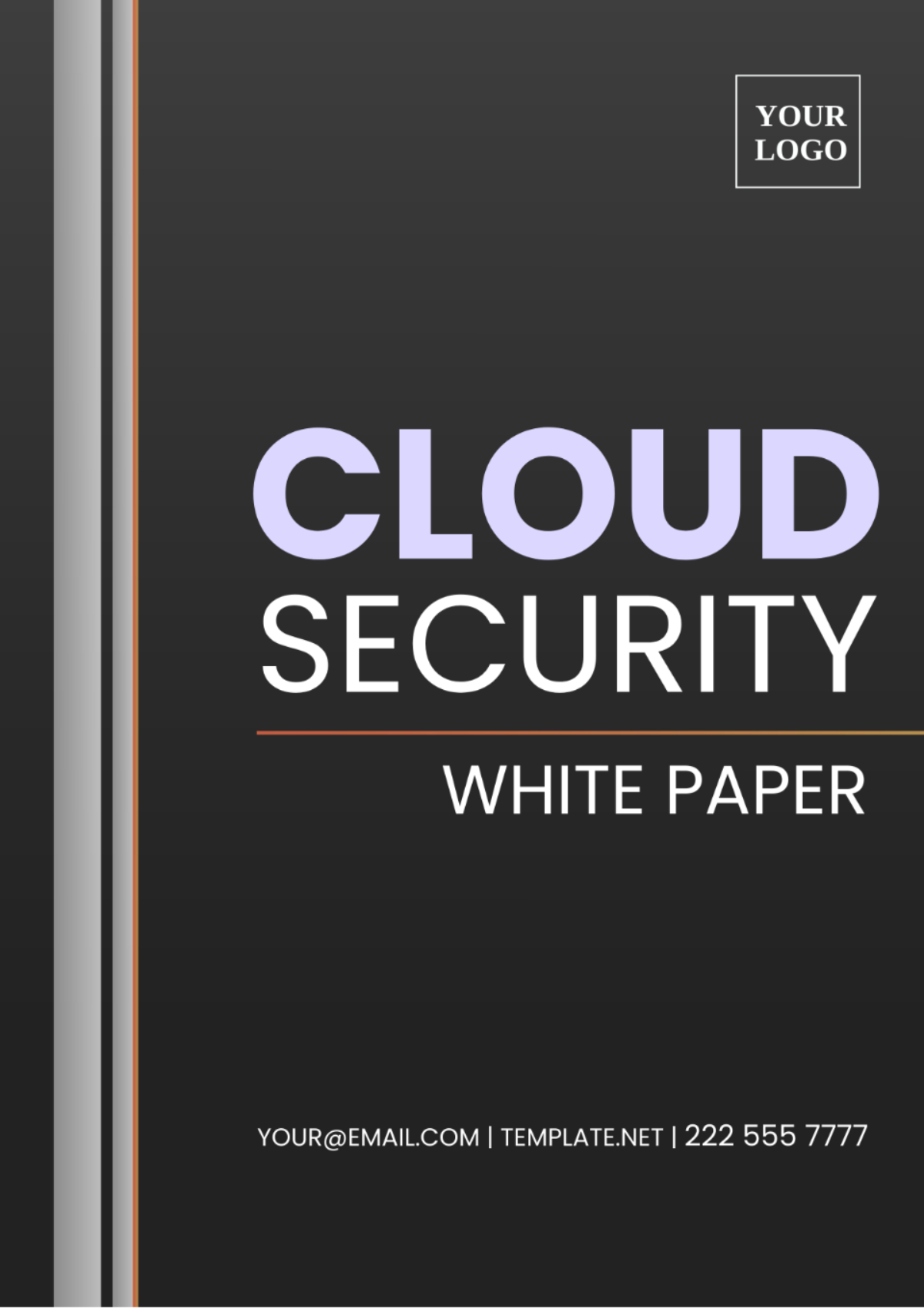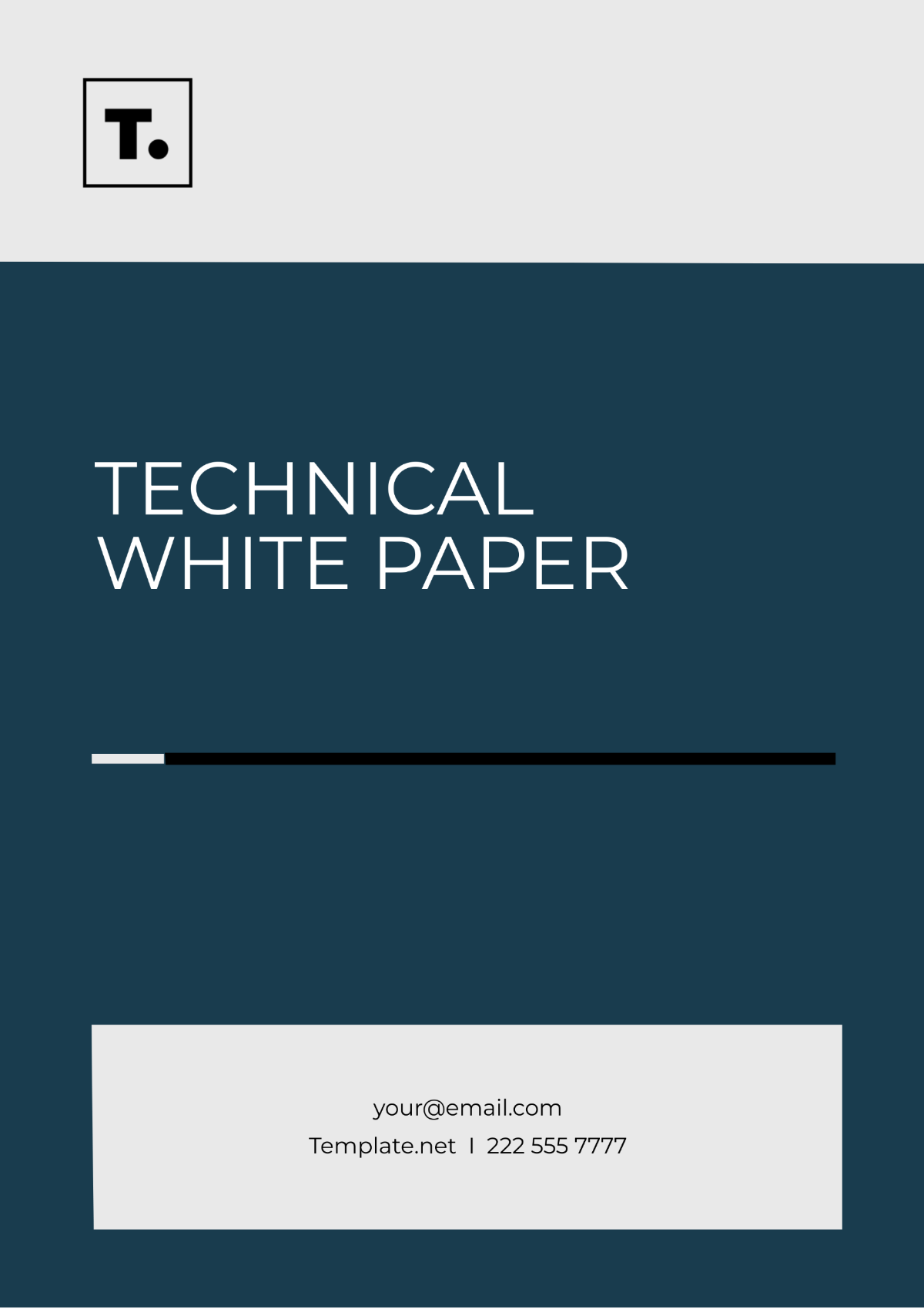Free Data Loss Prevention White Paper
Maximize your data security strategies with the Data Loss Prevention White Paper Template from Template.net. This comprehensive document simplifies the creation of informative white papers on data loss prevention measures and best practices. Crafted for flexibility, it's editable and customizable, allowing you to tailor every detail to your organization's unique needs and insights. With our Ai Editor Tool, making adjustments is seamless, ensuring your white paper effectively communicates your data protection strategies and solutions. Trust Template.net to provide the framework for presenting your data loss prevention expertise professionally and comprehensively. Simplify your knowledge-sharing efforts and safeguard your valuable data assets with confidence, knowing you're supported every step of the way.
